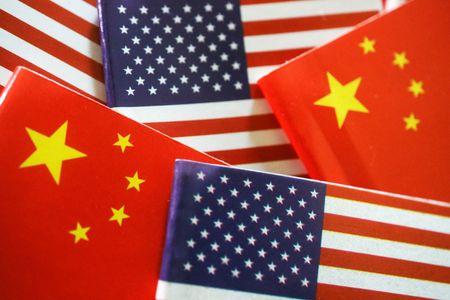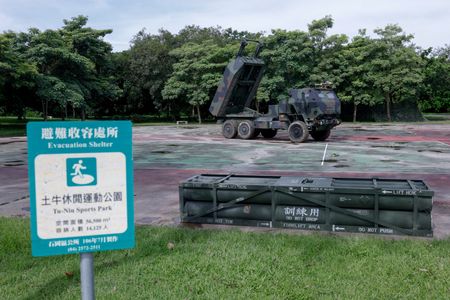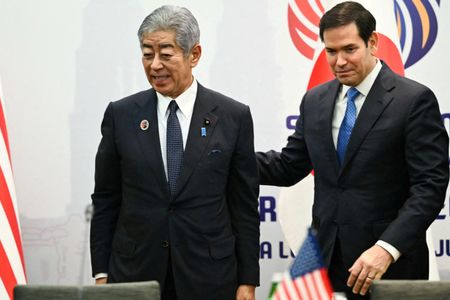SYDNEY (Reuters) -Securing World Heritage status for Australia’s Murujuga rock art will help protect the ancient Indigenous carvings, located in an industrial hub, the government said on Saturday.
The art, thought to be 50,000 years old, lies in a peninsula that has gas and explosives plants, highlighting the sensitive relationship between the nation’s Indigenous culture and its economically vital resources industries.
UNESCO granted World Heritage status to the site in the Burrup peninsula on Friday after a “tireless nomination process”, started in 2023, said Environment Minister Murray Watt.
“The Australian Government is strongly committed to World Heritage and the protection of First Nations cultural heritage,” Watt said in a statement. “We will ensure this outstanding place is protected now and for future generations.”
Peter Hicks, chair of the Murujuga Aboriginal Corporation, said the UNESCO listing was a means to protect the “extraordinary landscape”.
The peninsula in the northwest of mineral-rich Western Australia state is home to two liquefied natural gas plants run by Woodside and fertiliser and explosives plants run by Norway’s Yara International.
Australia’s government in May extended the lifetime of Woodside’s largest gas plant in the region, the North West Shelf, until 2070. The extension will generate up to 4.3 billion metric tons of additional carbon emissions.
Scrutiny over the impact of Australia’s resources industry on Indigenous heritage sites has been magnified since Rio Tinto, the world’s biggest iron ore miner, destroyed the 46,000-year-old Juukan Gorge rock shelters as part of a mine expansion in 2020.
(Reporting by Sam McKeith in Sydney; Editing by William Mallard)








